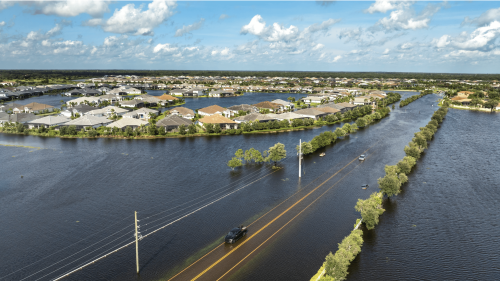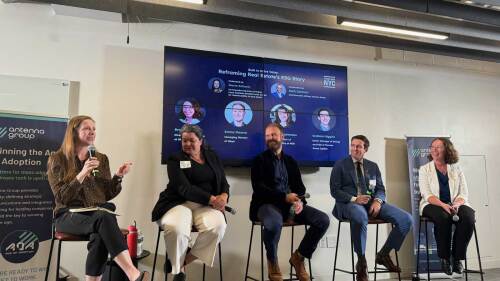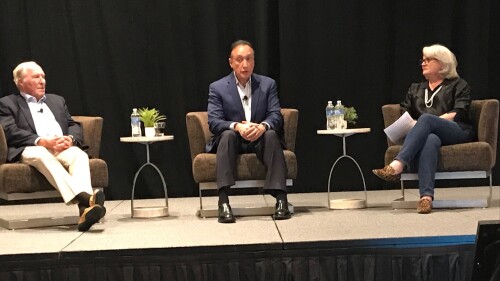Topics
Capital Markets and Finance
For months, if not years, panic-inducing headlines have lamented the existential crisis facing the U.S. office market as a “wall of maturities” looms: $2.2 trillion of commercial real estate debt coming due between now and the end of 2027, according to Trepp estimates.
The latest troubles at New York Community Bank have some observers wondering whether it could be a canary in the coal mine for the broader regional banking sector. Regional banks are definitely in a tough spot due to deposit flight, higher funding costs, and concerns about problematic commercial real estate loans. But, at least for now, troubles seem to be limited to a few isolated cases, rather than systemic.
The strain of higher interest rates is creating sleepless nights for some commercial real estate owners and operators these days. On the flip side, there is significant capital eagerly lining up to take advantage of market dislocation.
Design & Planning
Paris mayor Anne Hidalgo, known for reinventing Paris as a 15-minute city, to receive the prestigious ULI Prize for Visionaries in Urban Development.
10 structures showcase the lightweight, carbon-sequestering power of mass timber.
At the 2023 ULI Fall Meeting in Los Angeles (L.A.), attendees had the opportunity to tour Hollywood Park in Inglewood California, a 298-acre location of sports, entertainment, parks, retail, and residential space, which includes the famous SoFi Stadium. Hollywood Park, formerly Hollywood Park Racetrack, is currently being converted into a mixed-use master-planned community highlighting the architectural and lifestyle of Southern California
Development and Construction
One of New York City’s busiest corridors is set for one of its biggest transformations in years. The area around Manhattan’s Penn Station has long been considered a sore spot for the city, as top-tier retail stores moved to more flourishing areas and local buildings became outdated. But now, with a billion-dollar plan by a New York state agency underway to revitalize public transit infrastructure in and around Penn Station, there is serious momentum for the Midtown neighborhood, which has stalled in growth as surrounding neighborhoods have evolved.
How we use words is important. Words can describe both racial inequities and the efforts to remedy them. As the real estate industry continues the work to dismantle systemic racism, it’s critical to be intentional about language.
Since the publication of Building Small: A Toolkit for Real Estate Entrepreneurs, Civic Leaders, and Great Communities in 2021, author and developer Jim Heid has continued to grow the building Small movement. Last year, he launched a free-yet-private online platform that serves as an interactive network where like minds solve the big problems of building Small.
Resilience and Sustainability
According to the second annual C Change Survey, 93 percent of respondents report incorporating transition risks into their real estate investment decisions, indicating the industry’s growing awareness and commitment to integrate climate-related financial risks into decision-making processes.
A new report by the Urban Land Institute (ULI) and Heitman, a global real estate investment management firm, explores the impact of rising insurance costs on commercial real estate, strategies for managing those costs, and related considerations for industry participants.
The term “Environmental, Social, and Governance,” or ESG, has been around for two decades, first being coined by the United Nations Global Compact in 2004. However, the rise of the framework has led to increasing political backlash, with some states outright banning ESG in investment decisions.
Issues and Trends
Last week, the U.S. Securities and Exchange Commission issued new rules requiring public companies to enhance and standardize climate-related disclosures. The rules phase in over time, requiring the largest companies or public investor shares to begin making climate risk disclosures in 2025.
AUSTIN—Despite rumblings to the contrary, the American dream of homeownership is not a fading relic from the nation’s Post World War II era. In fact, homeownership remains a key lever to elevate families from generational poverty to the middle class, according to two of the nation’s top leaders in the housing industry.
AUSTIN—Austin, a tech hub that has become one of the fastest-growing cities in the nation, has grown wider, longer, taller, and denser. And there’s hope that it may become more closely knitted together via an upcoming massive transportation project that could bring more cohesion between affluent areas and traditionally underserved neighborhoods.


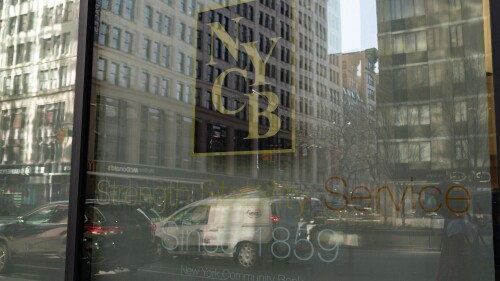
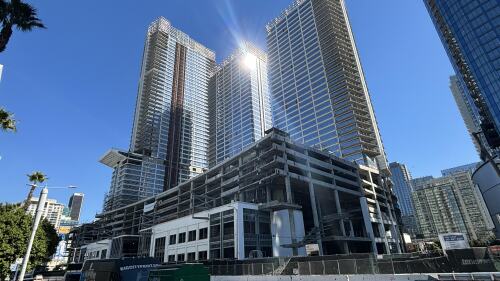

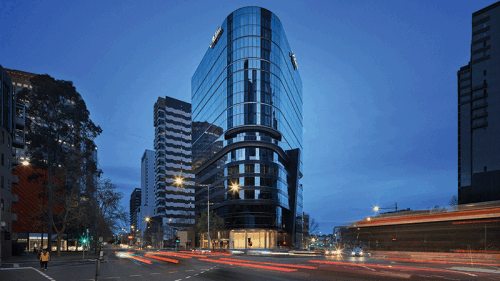
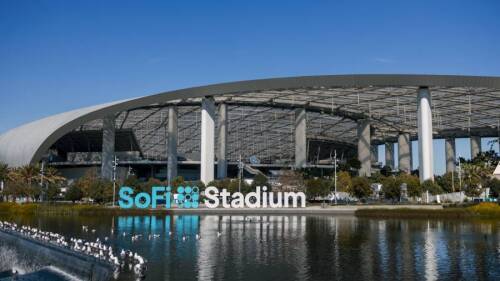


![starland tour pic[1].jpg](https://cdn-ul.uli.org/dims4/default/6af5ee3/2147483647/strip/true/crop/800x450+0+42/resize/500x281!/quality/90/?url=https%3A%2F%2Fk2-prod-uli.s3.us-east-1.amazonaws.com%2Fbrightspot%2F1b%2Fb5%2Faedcc97041ea90be6b29e2565d53%2Fstarland-tour-pic1.jpg)

